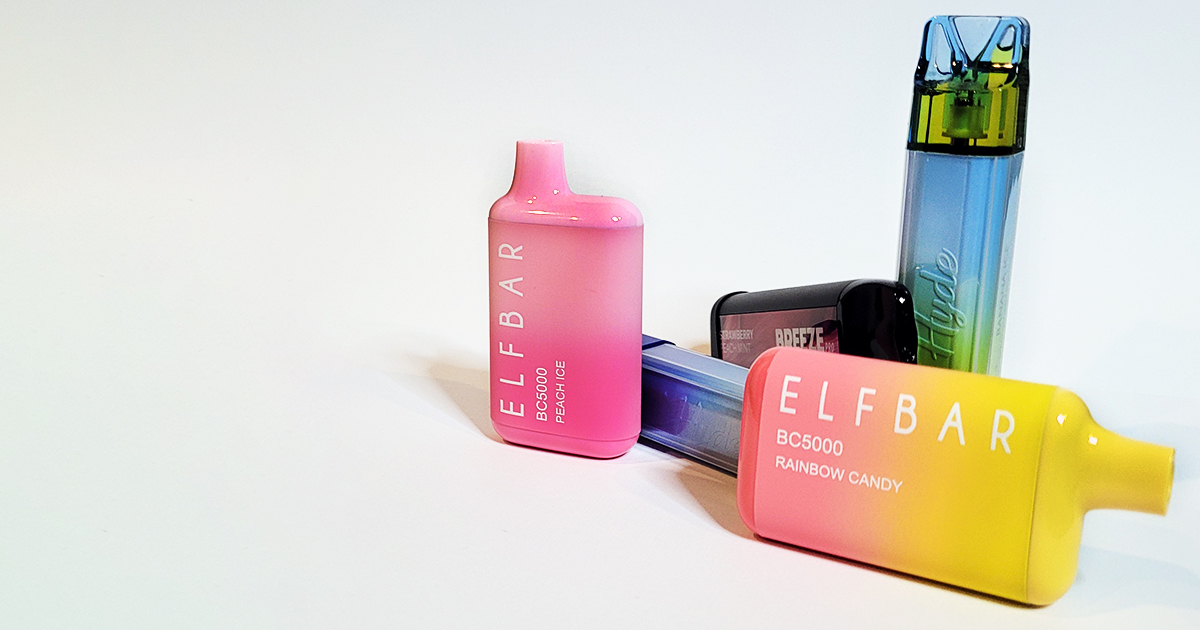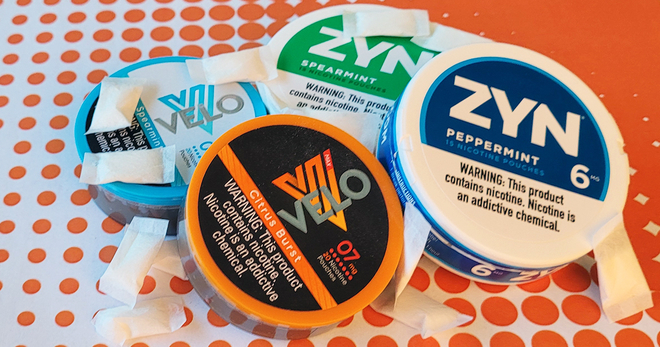Disposable e-cigarettes lead surge in nicotine sales
The e-cigarette market is increasingly dominated by disposable products that have gotten bigger and cheaper, delivering more nicotine at price points more accessible to young people, according to a new study published in the American Journal of Preventive Medicine.
Researchers from the CDC Foundation and Truth Initiative analyzed monthly e-cigarette sales during the three and a half years between February 2020 and June 2024. Their study found that the total amount of nicotine sold jumped by 249.2%, even though the number of e-cigarette units sold each month rose by only 34.7%. This increase represents more than seven times the growth in unit sales.
Most of this surge came from disposable e-cigarettes, the device type that is most popular with youth. The amount of nicotine sold in disposables skyrocketed by 2,364.5%, compared to just a 1.3% increase for e-cigarettes that use prefilled cartridges. Disposable sales more than tripled (up 201.3%), while sales of cartridge-based e-cigarettes dropped by nearly 24%.

Bigger, cheaper disposables dominate the market
Amount of nicotine in a vape
By mid-2024, the average disposable e-cigarette contained nine times more e-liquid than e-cigarettes with a prefilled cartridge. While disposable e-cigarettes made up 58.1% of all e-cigarette units sold, they accounted for a much larger share (74.0%) of total nicotine sold.
This research builds on a 2023 Truth Initiative study published in Tobacco Control that found disposable e-cigarettes sold in the U.S. nearly tripled in nicotine strength, quintupled in e-liquid capacity, and dropped in price by nearly 70% between 2017 and 2022.
Disposable e-cigarettes not only have more nicotine but also continue to be much cheaper: the price per milligram of nicotine is 3.7 times lower than in prefilled products. This trend is especially concerning for youth, who are more price-sensitive and may be more likely to use cheaper, high-nicotine products.
A better method of measuring e-cigarette sales
While most studies track e-cigarette sales using the number of products sold, this study tracks e-cigarette sales based on nicotine content – e-liquid volume and nicotine concentration – to measure the total amount of nicotine sold.
This method could help inform stronger policy and public health strategies to address the risks associated with increasingly potent and cheap nicotine products, particularly among young people.
More in emerging tobacco products
Want support quitting? Join EX Program
By clicking JOIN, you agree to the Terms, Text Message Terms and Privacy Policy.
Msg&Data rates may apply; msgs are automated.



